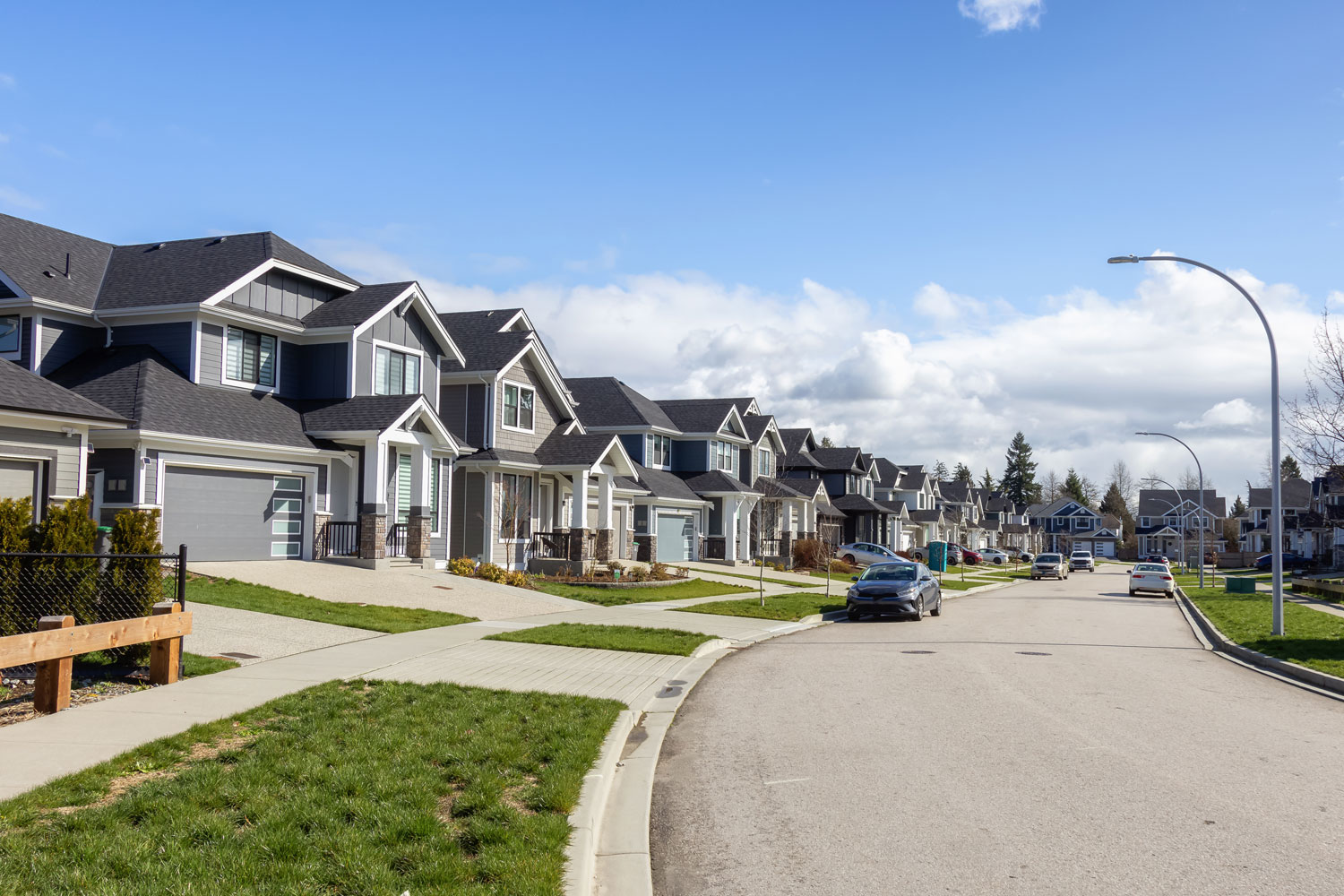One of the chief issues behind Canada’s high real estate prices is limited housing supply. More and more data show that construction just isn’t keeping up with demand.
But what is causing Canada’s housing crunch? There are many factors ranging from the types of dwellings being built to population growth.
Focus On Apartments And Condos
Although housing development is booming in many cities, there is often more focus on apartment buildings and condominiums. While these are important, especially for first-time buyers, these types of homes don’t always fit the demand.
In an interview for BNN Bloomberg, Bob Dugan, chief economist at the Canadian Mortgage and Housing Corporation (CMHC) noted there is a mismatch between current developments and the needs of many Canadians.
“We have a lot of very small units that aren’t necessarily suitable for families,” he said. “There’s a real lack of say, three-bedroom units being built in urban areas.”
In a recent article for the Fraser Institute, authors Josef Filipowicz, urban and regional policy specialist, and Steve Lafleur, an independent public policy analyst, echoed similar sentiments. They point out that ground-oriented homes (not apartments and condos) sold at the highest volumes during the pandemic. But in the 2010s, this type of development had the fewest completions since the 1960s.
This keeps the demand – and prices – for family homes high.
Land Use Regulations
Land use regulations are necessary to manage city planning and reduce urban sprawl. However, these regulations can significantly slow down or even reduce new housing.
A study by the Fraser Institute found that municipalities with more regulations did in fact grow less. Long project approval times, uncertainty around timelines, and community opposition had the most impact on reducing supply.
Population Growth
According to a report from the Canadian Imperial Bank of Commerce (CIBC), 58% of new Canadian permanent residents in 2022 were new to the country – not already in Canada on student visas, for example. The report authors estimate this increased housing demand by 108%.
The federal government’s new immigration targets could make the situation worse. In November of 2022, the federal government announced it would seek to accept 500,000 new permanent residents annually by 2025. This represents a 75% increase from pre-pandemic levels.
According to Statistics Canada, there were 437,180 new permanent residents in 2022. There were also 607,000 non-permanent residents who entered the country that year. Canada is leading other G-7 countries in population growth.
In order to keep up with housing demand, the CMHC estimates 5.8 million homes will need to be built by 2030.
What Is Being Done
Awareness of the housing supply issue is growing, with many provincial governments and the CMHC committed to solving the problem.
The Ontario government recently proposed an act designed to increase housing supply faster by giving cities more flexibility to expand their boundaries, among other changes. Critics say this could increase urban sprawl and threaten green belt areas.
Housing starts had a record-breaking year in the Ottawa area last year with 11,032 new units, according to a CMHC report. Of these, over 50% were rental units and condominiums. This is good news for renters, investors, and those new to the housing market.
The Takeaway
Financial markets are complicated and real estate is no exception. There are many factors putting pressure on housing supply and demand today.
However, governments and regulators do seem to be taking this issue seriously. The next few years could see a continued growth in supply that may lower demand and improve the market for buyers.
If you’re thinking of buying one of the new builds in the Ottawa area this year, get in touch! We can take a look at your financial picture and help you reach your goals.
Share this article
Kelly Wilson
Kelly Wilson, a top national mortgage producer, has dedicated 19 years to customizing financial solutions for clients across Canada. Her strategic approach has facilitated over $1 billion in mortgage funding. Starting her real estate investment journey at 21, she now holds $11 million in assets. Kelly's mission is empowering clients to achieve financial freedom and sustainable wealth.




